Wild Spices of the UK
The Western palate is obsessed with “exotic” spices from around the world. Cloves, fenugreek, cinnamon, ginger, vanilla, nutmeg, pepper and dozens more have, over the past 500 years, seduced explorers, traders, gastronomes, chefs and, ultimately entire populations.
But while the flavours of these spices evoke a mistique and exoticism that few would associate with the woods, coast and hedgerows of the UK, its quite easy to find a substitute for pretty much all of them with just a little research, effort and processing . By opening our eyes and imaginations to the full extent of our wild larder, its perfectly possible to make richly spiced curries, pakoras, pilafs – pretty much any spice-led dish from around the world – using fungi, seaweeds and the seeds, leaves, flowers and roots of common wild plants.
When the BBC Radio 4’s Food Programme heard me making this bold claim, they challenged me to show how it could be done, and this is the program we recorded in Galloway in early November
(You can read Sheila’s blog about our day out here)
The reasons why we have chosen to ignore our native spices in favour of imported flavours are complex and could easily be the subject of several PHDs. From the 15th Century onwards, exploration, trade and ultimately Empire, opened up cultures in which strong, easily transportable flavours, could be bought relatively cheaply and sold back home as luxuries. In an age where our rapidly urbanising society was being forcibly and voluntarily disconnected from its natural resources, emergent middle classes sought out new ways by which to differentiate themselves. Rejecting the everyday in favour of the seemingly exotic served this purpose well.
More recently, our increasingly multicultural society, means immigrants have brought with them the flavours of their homelands, enriching our diets to the point where no “traditional” pub menu is complete without a curry, and more people eat chicken tikka than pork pies.
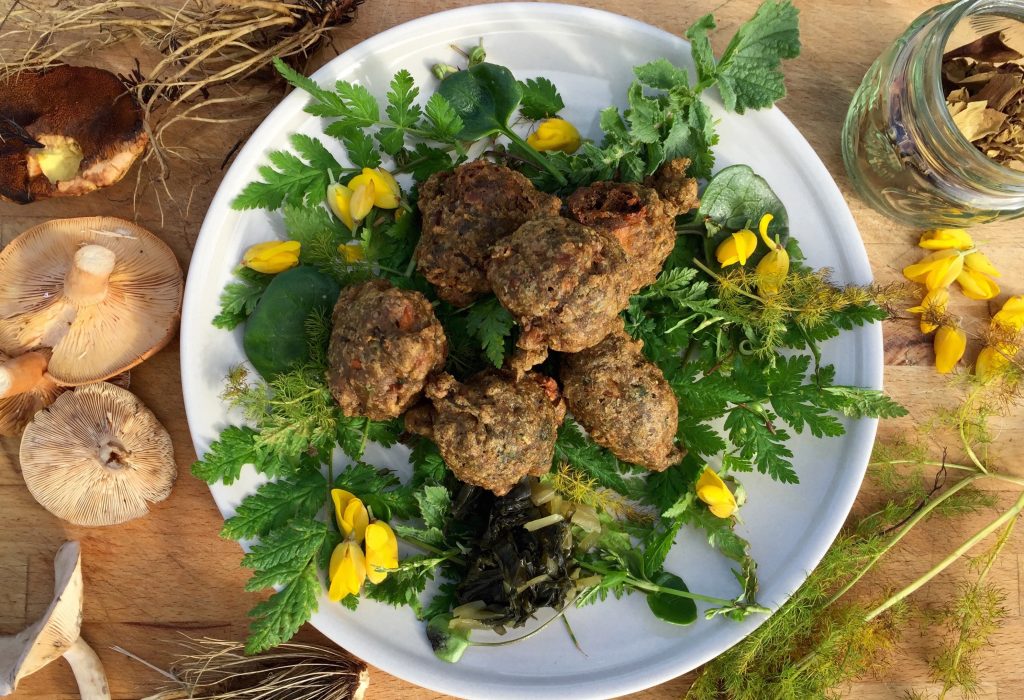
Wild spice pakora made with fenugreek milkcaps, pepper pulse, spignel, sweet cicely, arsesmart, coconut milkcaps, cloveroot, angelica, hogweed and magnolia petals
Like most people, I am a huge fan of pretty much all spice-led cuisines, and am certainly not trying play down the deliciousness of a curry from the sub-continent (however we might define that), or the wonderful spices that flavour it. But it does seem apt, in an age when we are starting to question mega food miles, and re-explore the wild flavours of the UK, that we should re-learn and re-evaluate our native spice rack.
I’m not saying that its possible, or even desirable, to create exact replicas of Eastern dishes (most Western notions of what a “curry” tastes like have long been far from the authentic dishes of the Sub-continent anyway). But it is revealing, exciting and a lot of fun explore what, say, a wild Scottish curry might taste like.
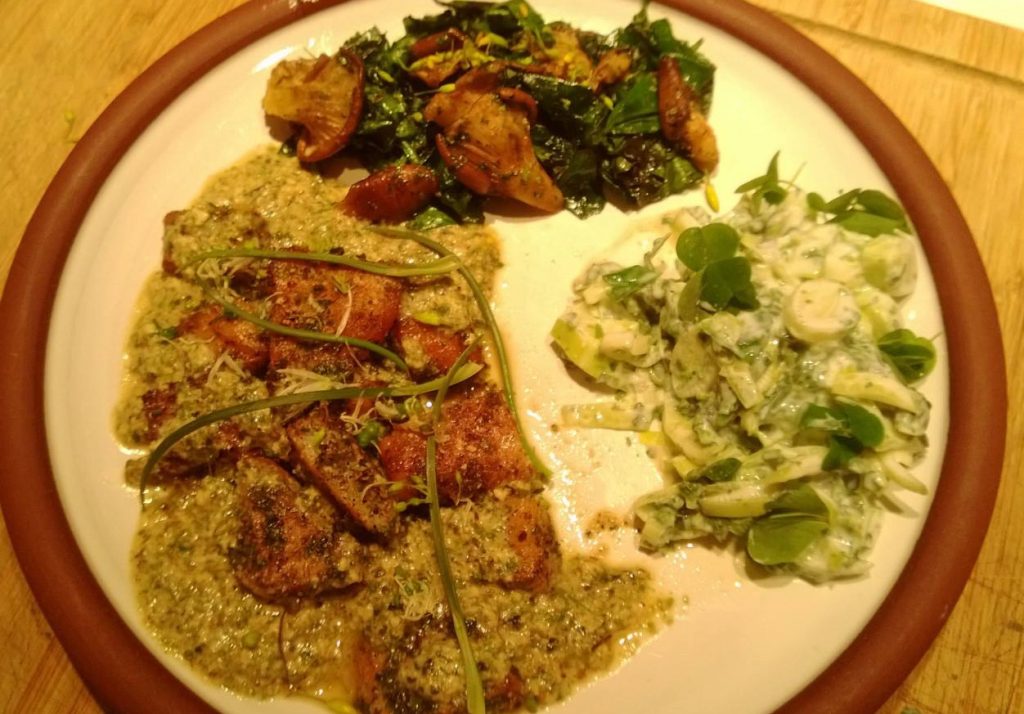
Scottish Curry platter: Wild spiced sea bass curry ‘Rogan Jock’; Methi saag made with orache, oyster mushrooms and fenugreek milkcaps; and a cooling raita made with reedmace hearts, scots lovage seeds, wood sorrel and watermint.
I’ve listed below a few of the wild spices that we can easily forage around the UK, with suggestions for how best to process and use them. For convenience and ease of reference, I have listed them alphabetically, according to the “exotic” spice or flavour they might most easily replace. That we define the flavours of the UK according to what we import is telling in itself! Remember, the first Englishman to smell a coconut may very likely have said “Ooh! That smells just like gorse!”; the first Scotsman to encounter cloves may have been reminded of the wood avens roots he learned to nibble as a child…
This is a selection from what I consider to be wild UK “spices”, and a few other “exotic” flavours. Some may be wild equivalents for things that can be cultivated, such as chillies. By no means all things on the list are native to the UK: many are introduced, and several considered nuisance “weeds” – plants cross boundaries just as people do, and long may that continue!
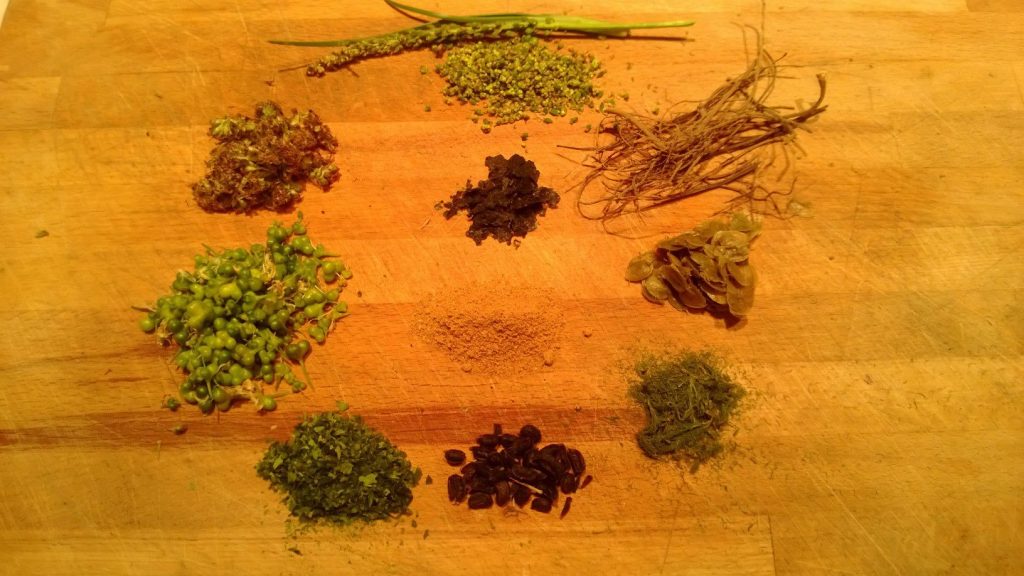
Wild Scottish spice selection, ready for grinding into a masala, clockwise from 12: Coriander grass, wood avens root, hogweed seeds, dried spignel leaf, spignel seeds, dried fermented garlic, ramson capers, wild carrot seed; centre: dried pepper dulse, dried powdered peppery bolete.
This list is by no means comprehensive. It is based on my own explorations and research, as well as a few things I have learned from fellow foragers and food explorers. There is vast potential for further exploring, redefining, and refining our native spice rack. I’d love to hear about which wild spices you love in the comments section below.
While some of the species listed can be gathered easily and used with very little processing, a few can be fiddly to pick and may require processing. For me, this reveals another key reason for our neglect of these ingredients: we have grown lazy, and labour is cheap where many of our imports grow. Where processing is required, I’ve given guidance, or linked to relevant pages on my Wild Food Guide.
Its no coincidence that many of the plants on this list are members of the apiaceae (aka carrot) family. This is a hugely rewarding family, of which many of of our go-to imported spices are members (eg. fennel, coriander, cumin, caraway etc). I highly recommend investing some time in getting intimate with this group of plants, but novices should be aware that the it includes some highly toxic species such as hemlock and hemlock water-dropwort. Identification of members of this family should be based on at least 3 characteristics, and certainly not just on seed shape alone. I wrote this article to help:
I have noted, where known, any health warnings. When consuming any food for the first time, it is wise to take only a small amount first time round. You should also bear in mind that pretty much everything we eat (wild or cultivated) can be harmful in large doses (e.g.. 10 whole nutmegs could kill you!) I recommend reading the following article if you are new to/nervous about eating wild foods:
Botanical Note: For simplicity I have kept to easily recogniseable terms like fruit and seed where a scientist might use more accurate terms such as drupe or silique.
Almond
Almonds are native to the mediterranean, middle and far east and is a key ingredient of many middle eastern dishes. The stones and blossoms of many other temperate members of the roasaceae family and especially the prunus genus share similar flavours. Notably:
- Blackthorn (Prunus spinosa) – blossom and stone
- Damson (Prunus insititia) – blossom and stone
- Cherry (Prunus spp) – blossom
- Rowan (Sorbus aucuparia) – very young leaf and flower buds
- Whitebeam (Sorbus aria) – very young leaf and flower buds
Blossoms of prunus species tend to have a bitter almond flavour, while rowan and white beam leaf and flower buds tend to be pleasingly sweet. There is a long tradition of fermenting cherry blossoms in Japanese cuisine. Long (1 year+) infusion of prunus fruits in alcohol (as in sloe gin for example), will extract the almond flavour from the stone and give a nice almond backnote. Alternatively, add the blossoms to your infusion in the spring, or make a syrup with them to sweeten the gin, cakes etc. Flavour extraction from stones can be accelerated by removing the stones and smashing them up. Blossoms and buds readily infuse into alcohol and syrups, or can be added to frangipani, bakewell tarts, middle eastern dishes etc as they are.
Read my full blog on uses of almond flavoured buds in the spring
The compounds that give so many of the sorbus family their almond overtones are benzaldehyde and hydrogen cyanide – which is toxic in high dosage. As this compound is also regularly consumed in apple pips, this need not be of concern unless you are consuming large quantities.
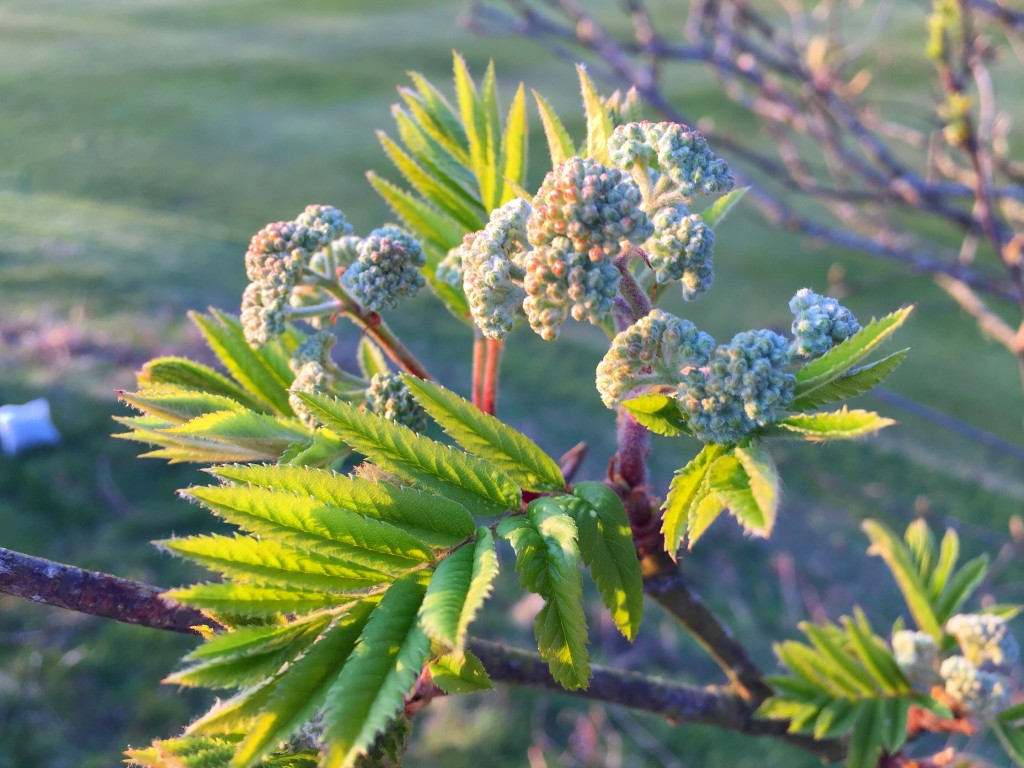
Rowan buds at their useable stage. The leaves in this picture have passed their most “almondy” stage
Aniseed
- Sweet cicely (myrrhis odorata) – leaves, seeds, stems, roots and flowers – view on the Wild Food Guide here.
- Aniseed agaric mushroom (clitocybe odora) – cook in savoury dishes that call for aniseed/fennel or dry and powder and use as a spice.
Cardamon
- Common hogweed (Heracleum sphondyllium) – Green (bitter) or dry seeds
Its hard to know where to list hogweed seeds as they have such a rich, pungent flavour. They often remind people of coriander, cardamon and orange peel, but really deserve recognition as a spice in their own right. The green seeds are very pungent, with quite a bitter aftertaste, while the dry seeds are somewhat mellower, though still not for the feint-hearted! The seeds of the very closely related and similarly flavoured heracleum persicum are known as golpar in Persian cuisine and used dried in both sweet and savoury dishes. I use them whole as a mulling spice or grind them and add to parkin, in curry spice mixes (especially for rice dishes) and in spiced vermouths and cocktail bitters.
Read all about common hogweed on the Wild Food Guide here.
Caraway
- Wild carrot (Daucus carota) – green or dry seeds
The seeds of wild carrot are deliciously aromatic, and although not an exact substitute for caraway, flick many of the same switches. While they have many beneficial medicinal applications, nursing mothers should be careful with wild carrot seeds as they have been used in the past as an abortifacient. I like to dry them and add to rye bread, or add to spice blends, especially those for curing fish. Read more about identification and uses here.
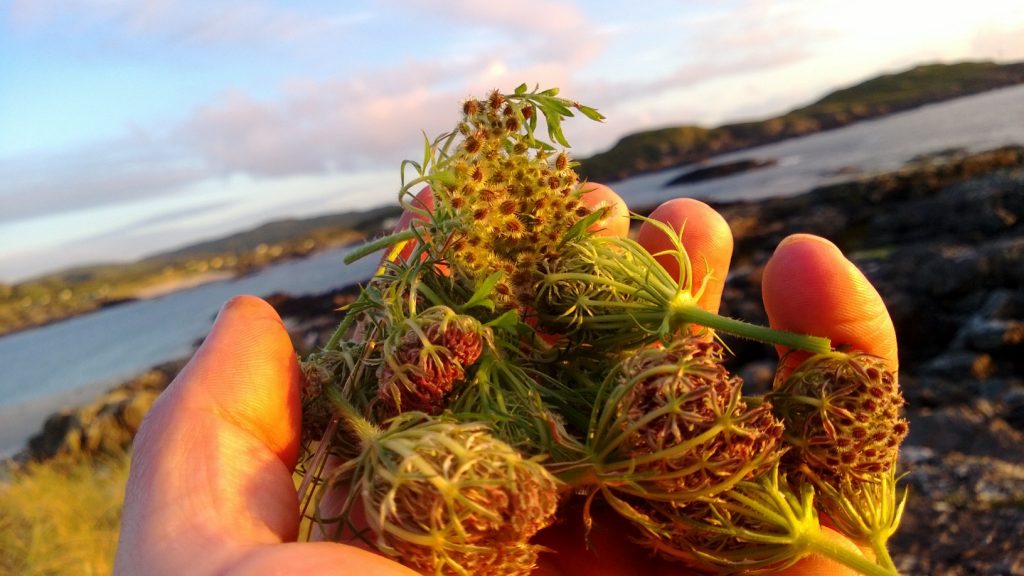
Wild Carrot seed head umbels are quite distinctive, folding up after flowering to “nest” the small hairy seeds
Chilli
- Water pepper (Persicaria hyropiper) aka Arsesmart – leaves.
Water pepper is a frail and innocuous looking member of the dock family that grows in wet fields, bogs and swampy riversides. Its diminutive appearance belies the intense and lingering heat that comes with a nibble of its fresh leaves. As this heat can take up to 30 seconds to reveal itself on the tongue, standard practice among mischievous foraging teachers (maybe its just me!?) is to offer a taste to macho “I can’t get enough chilli” types, and wait for the erruption as they graze fistfuls.
I can’t say I enjoy the heat as much as that of chillies. Its mostly just hot, with none of the nuance and complexity of good chillies, but it will do the job if you want some wild heat. Unfortunately, the frail leaves don’t keep very well and I’ve not yet found a way to capture and preserve their heat through either drying or infusion, and cooking seems to obliterate it too. But i’ll keep trying – watch this space! The best way i’ve found of using it is to shred the leaves fresh and add to dishes as they are served. In combination with some of the mustards and sichuan pepper substitutes listed below however, it can certainly pep up a curry.
The amusing alternative name of arsesmart does not come, as one might expect, from its hot properties on exiting the digestive system, but from its historical use as a flea-repellent in straw beds. Apparently it can easily become lodged in intimate areas, at which point it can smart a little!
Clove/Cinnamon
- Herb bennet (Geum urbanum) aka Wood Avens or cloveroot – Root
A delicious warming herb on the clove/cinnamon spectrum. Some wild UK spices just happen to emulate exotic counterparts, while others share a common compound. Herb bennet roots share the compound eugenol which is also present in cloves. Use it as a direct substitute in the usual clove settings: as a mulling spice, in apple pies or finely chopped in masalas and spice blends, though it isn’t so pungent, so you’ll need to up your quantities.
Read all about wood avens on my Wild Food Guide here.
Coconut
Coconut seems to be marketeer’s go-to symbol for exotic, despite being a flavour that is quite easy to find in the west.
- Gorse (Ulex europaeus) aka Whin or Furze – Flowers. Its hard to miss the tropical smell of gorse flowers on a warm spring day – somewhere between coconut and ambré solaire sun lotion. If you eat the flowers you’ll immediately recognise their lineage in the pea (Fabaceae) family, but the aftertaste is distinctly of coconut, which I find is enhanced by the slightly crunchy, dry texture. You may be disappointed if you pick them on a cold day. Add them fresh to anything that calls for a hit of coconut and some pretty yellow pizazz!
- Coconut milkcap mushrooms (Lactarius glyciosmus). These fragile little grey-capped mushrooms that exude a white latex when damaged are fairly common under birch trees in the autumn. One sniff of the gills or broken flesh will, by way of a strong and distinct coconut aroma, confirm the identification. They are excellent lightly cooked in Thai dishes. Unfortunately most of the aroma is lost on drying, so they need to be used fresh.
Coriander – Dry Seeds
Coriander is a member of the carrot family and the flavour profile of its dry seeds, though unique, overlaps with several of its wild relatives, notably common hogweed, spignel, wild carrot and angelica seeds. Please see their listings elsewhere in this blog. Wild (or at least feral) coriander does grow in the UK, mostly in coastal locations in the South of England.
Coriander – Fresh
- Sea arrowgrass (Triglochin maritima) – young shoots and green seeds. I discovered this delicious coastal grass quite by accident while picking sea plantain (Plantago maritima). Its succulent coriander-meets-salty-cucumber flavour has since become a firm favourite with chefs and foragers around the country, though it does come with a few gentle health warnings. Read all about sea arrowgrass on my wild food guide here.
Cumin Seeds
- Spignel (Meum athamanticum) seeds are a delicious spice on the cumin spectrum. While by no means endangered, spignel isn’t especially common in the UK. I’m fortunate to live near to some large, healthy colonies in the Galloway hills, which I nurture and support in the hopes they will spread further afield. If you are into gardening, I’d highly recommend trying to cultivate it. It would be wonderful if a reawakening of interest in this plant’s edible uses led to its resurgence in our hedgerows.
- Angelica (Angelica sylvestris) – Seeds. I’d never taken much interest in the spicy qualities of angelica seeds until I met Sami chef Greta Huuva in the highlands of Scotland. In northern boreal cultures, and especially among the reindeer-herders that roam the sub-arctic, angelica seeds are an important spice, widely used in both sweet and savoury dishes, from meat rubs to sweets. While angelica root is extensively used in gin and perfume production in the UK (almost always imported), its seeds are generally ignored. They have bitter qualities, but these are superseded by delicious, warm, harmonic aromatics. I use them dried, toasted and ground through masalas, and in vermouths and cocktail bitters.
Curry leaves
- Spignel (Meum athamanticum) – leaves. Its worth mentioning spignel again for its wonderful, richly aromatic leaves. These can be used dried or fresh in any spicy dish.
Fenugreek
While true fenugreek is a member of the pea (Fabaceae) family of plants, sotolon, the compound that give it its complex spicy flavour, can be found in a number of other species:
- Scots lovage (Ligusticum scoticum) – seeds. This is a coastal umbellifer of northern Britain, with delicious celery-meets-parsley flavoured leaves and seeds that fit somewhere between fenugreek and cumin.
- Fenugreek milkcap mushroom (Lactarius helvus). This fungi can be found in the autumn on wet, mossy ground, usually beneath pine trees. Like other lactarius species, it exudes latex when damaged, though this is less opaque than the milk of most milkcaps. The distinct, strong smell of fenugreek and pipe tobacco is quite distinctive. This mushroom is somewhat toxic in its unprocessed form, so please do some research and use with caution. Boiling in water, dehydrating and powdering results in a spice that can be used safely in small amounts, though the fenugreek hit is considerably reduced by the process.
- Spignel (Meum athamanticum) – root. Though it has wonderfully spicy aromatics (it used to be used to make snuff) do not advocate uprooting spignel unless you are cultivating it or actively supporting its growth in the wild.
Garlic
Cultivated garlic is easy to come by in the UK, but as its fairly crucial to most spicy dishes, I thought it would be fun to include some wild alternatives:
- Crow garlic (Allium vineale) – bulbs. These are the only wild ingredient I have found that adequately replicates the flavour or cultivated garlic cloves in spiced dishes. While there are other alliums (such as ramson/wild garlic leaves listed below), the oils that give them their garlic hit are highly volatile and do not survive any but the briefest of cooking processes. Crow garlic is quite common, if a little harder to spot and harvest than the abundant carpets of wild garlic that appear in the spring.
- Ramsons/Wild garlic (Allium ursinum). Most people are familiar with wild garlic – you can read all about it on my wild food guide here. It lacks the pungent bulb of crow garlic, but its shoots, leaves, flowers, buds and green seeds can all add a great hit of fresh garlic and spring onion, provided cooking is kept to a minimum. Add them at the last minute to stir-fries and curries. I also love to ferment wild garlic with other wild spices, kimchi-style (see here for recipe), and this can then be dehydrated to make an umami-rich dry spice to add to masalas and spice mixes.
Ginger
- Magnolia petals (Various Magnolia species, especially m.grandiflora) have an interesting floral – ginger flavour. Where this lies on the floral – ginger spectrum depends on the species of magnolia. I’ve had most success with the large-petalled varieties, though its worth nibbling any to check their flavour profile. Most magnolias are found in parks and gardens, so take care not to ruin other’s enjoyment by over-harvesting the beautiful flowers. Most established magnolias are big enough that cropping only what you can easily reach by hand leaves plenty for pollinators and other admirers. Its also possible to harvest kilos of the fallen petals before they start to discolour, if you get your timing right. Pickled, they make an excellent accompaniment to wild sushi. They also dry and powder very well, so its worth stocking up in the spring.
- Sweet flag (Acorus calamus) – rhizomes. The “roots” of sweet flag have flavours of ginger, cinnamon and nutmeg and have long been used in medicinal preparations, perfumes, pipe tobacco and as a spice. Dry and powder them and add to masalas. The candied rhizomes can be used like crystalised ginger in desserts.
Mustard
All manner of mustards are easy to find in the wild throughout the UK at all times of year. A couple of my favourites include:
- Sea radish (Raphanus maritimus) – Leaves, stems, flowers and green seed cases (siliques) and seeds – Read more about sea radish on my Wild Food Guide here.
- Scurvy grass (Cochlearia officinalis) – Leaves, flowers, green seed cases (siliques), and seeds – Read more about scurvy grass on my wild food guide here
Pepper
- Pepper dulse (Osmundea pinnatifada) – This is a remarkable little seaweed that packs a unique pepper-garlic-truffle minerality either fresh or dried. Read all about it on my Seaweed Guide here.
- Peppery Bolete mushroom (Chalciporus piperatus). These pored mushrooms are common under conifers in the autumn, often growing close to more esteemed boletus species such as ceps. They are usually ignored as they taste very peppery if cooked liked regular mushrooms. But used either fresh (finely chopped) or dried and powdered, they make an excellent spicy seasoning, and a potent substitute for ground peppercorns.
Sichuan Pepper
- Sneezewort (Achillea ptarmica) – flowers and leaves. This close relation of yarrow is relatively common in field edges and hedgerows. It earns it name by means of its numbing effect on the tongue, which is comparable to the effects of sichuan pepper.
Vanilla
The folly of depending on spices from the far corners of the world are clearly illustrated by recently rocketing prices of vanilla pods. Poor growing conditions and production problems in Madagascar (the worlds foremost producer of vanilla) means that prices have shot up in the last 6 months. Vanilla is certainly delicious, but not significantly more delicious than some of our abundant native spices that share a similar flavour profile.
Safety note: All the species I list below as potential vanilla substitutes contain the compound coumarin. In high dosage this can act as an anticoagulant, preventing blood clotting, but is generally considered safe (and widely used) in low dosage. If drying any of them for future use, ensure it is done quickly and thoroughly before storing in an airtight container, as relatively benign coumarin can be converted into the more toxic dicoumarol in the presence of some airborne moulds.
- Sweet woodruff (Galium odoratum) – leaves and stalks. With a sweet flavour somewhere between vanilla and tonka beans, sweet woodruff is truly delicious. It is a relatively common member of the bedstraw (Galium) family that includes sticky willy, and its leaf structure is very similar, consisting of whorls of 7 – 9 lanceolate leaves around a central stem. Its lovely aroma doesn’t reveal itself until you start to dry it. Once dried it can be infused into creams, custards and ice creams in much the same way as vanilla. The flowers and foliage of the related lady’s bedstraw (Galium verum) is equally delicious and should be processed in the same way.
- Meadowsweet (Filipindula ulmaria) – Flowers, buds, seeds. A true delight. Read all about it on my wild food guide here.
- Sweet clover (Melilotus officinalis) – Flowers, seeds, leaves. Use as per sweet woodruff – dry carefully first.
Learn To Forage with Galloway Wild Foods:
- Foraging Events Calendar
- Foraging Tuition and Private Bookings
- Foraging Gift Vouchers
- Botanical Consultation and Product Development
Other Pages You May Enjoy:
- In Season Now
- Edible Wild Plant Guide
- Edible Wild Fungi Guide
- An Introduction to the Carrot/Apiaceae Family
- An Introduction to Fungi Foraging
- Wild Food Recipes
- Wild Booze Recipes
- Foraging, Sustainability and the Media
- The Day I Ate a Deadly Plant: The Spectrum of Edibility
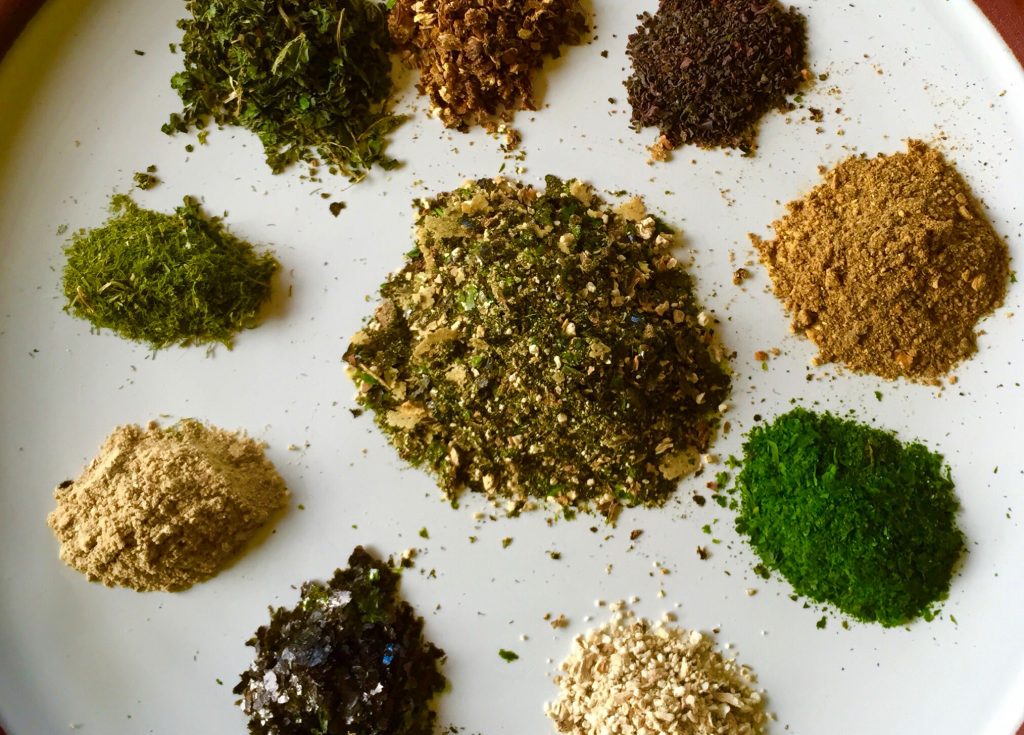
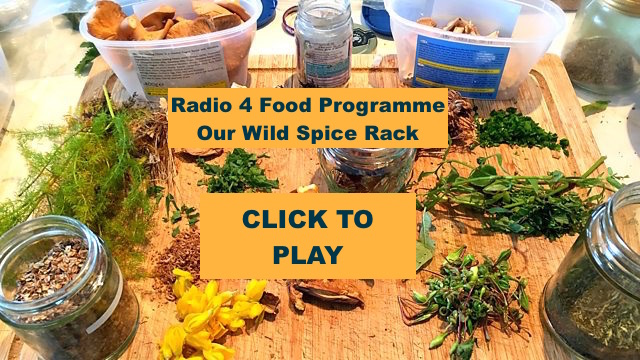
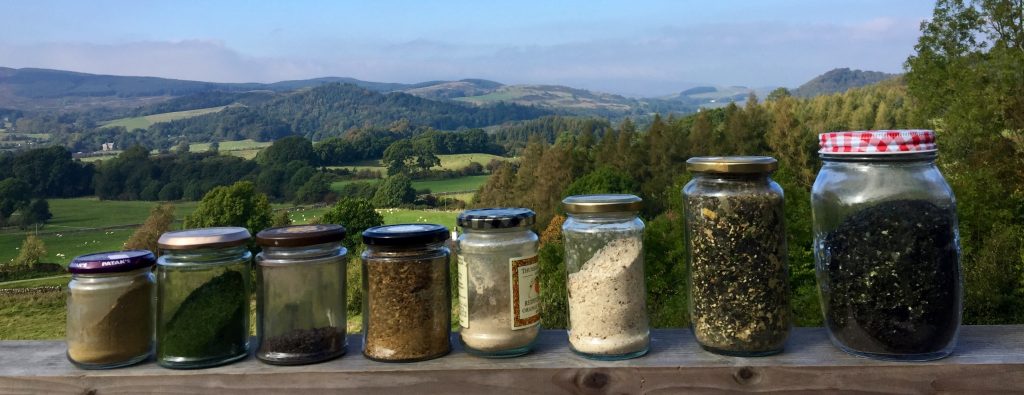
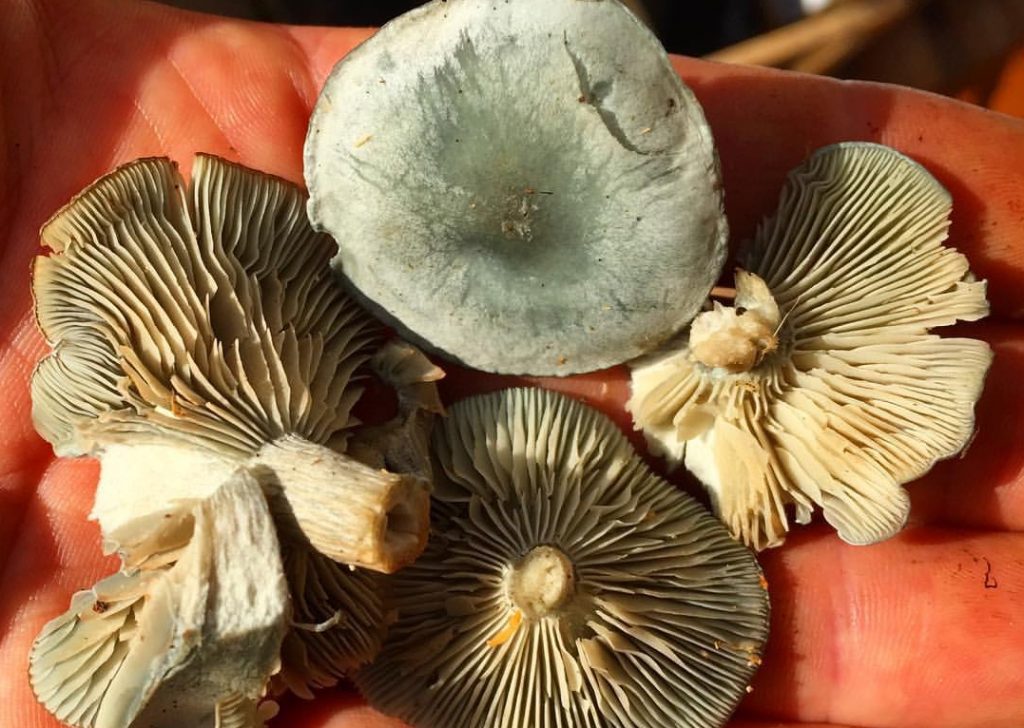
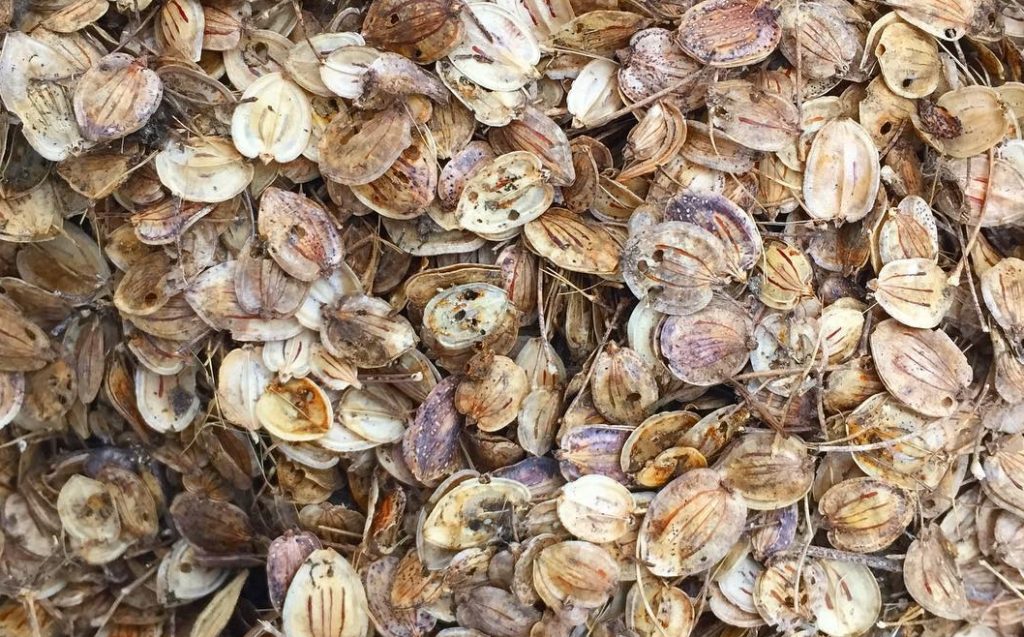
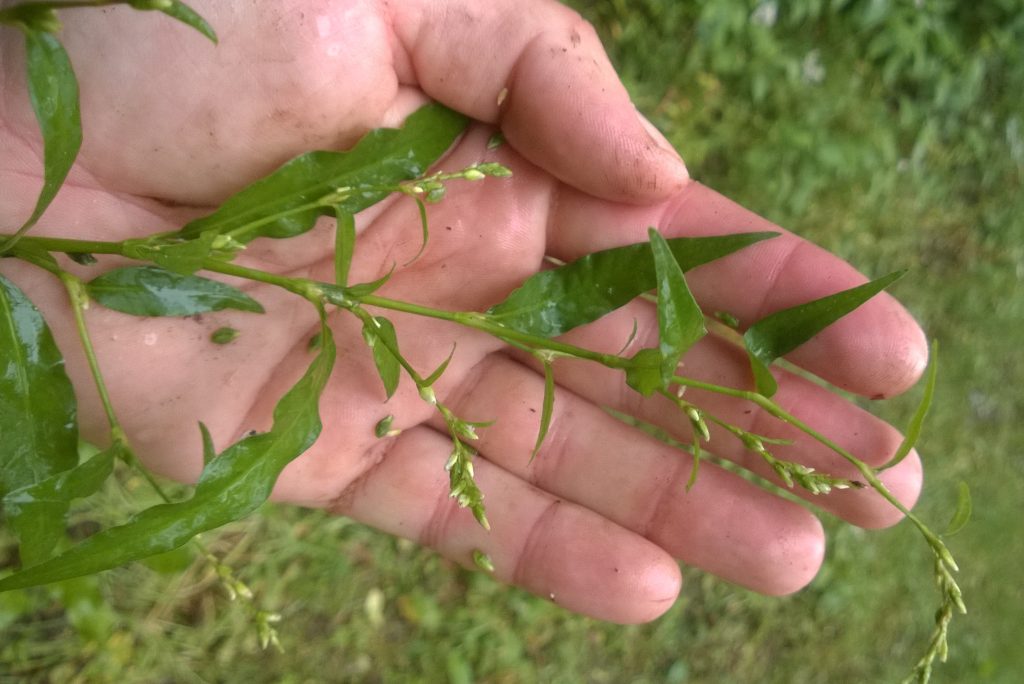
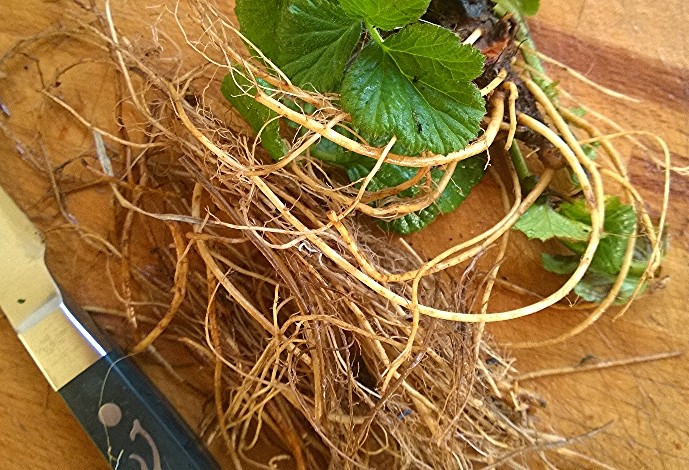
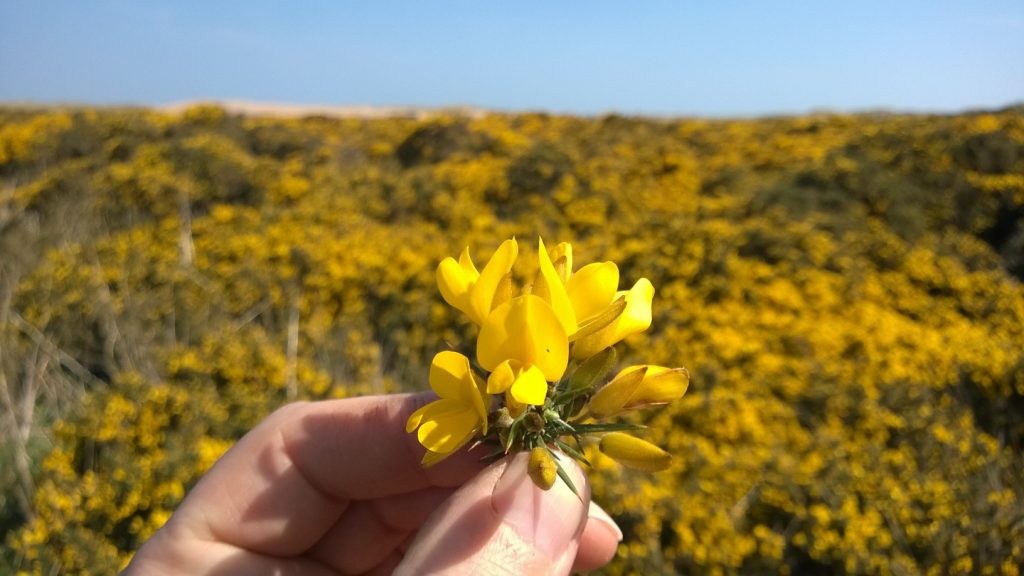
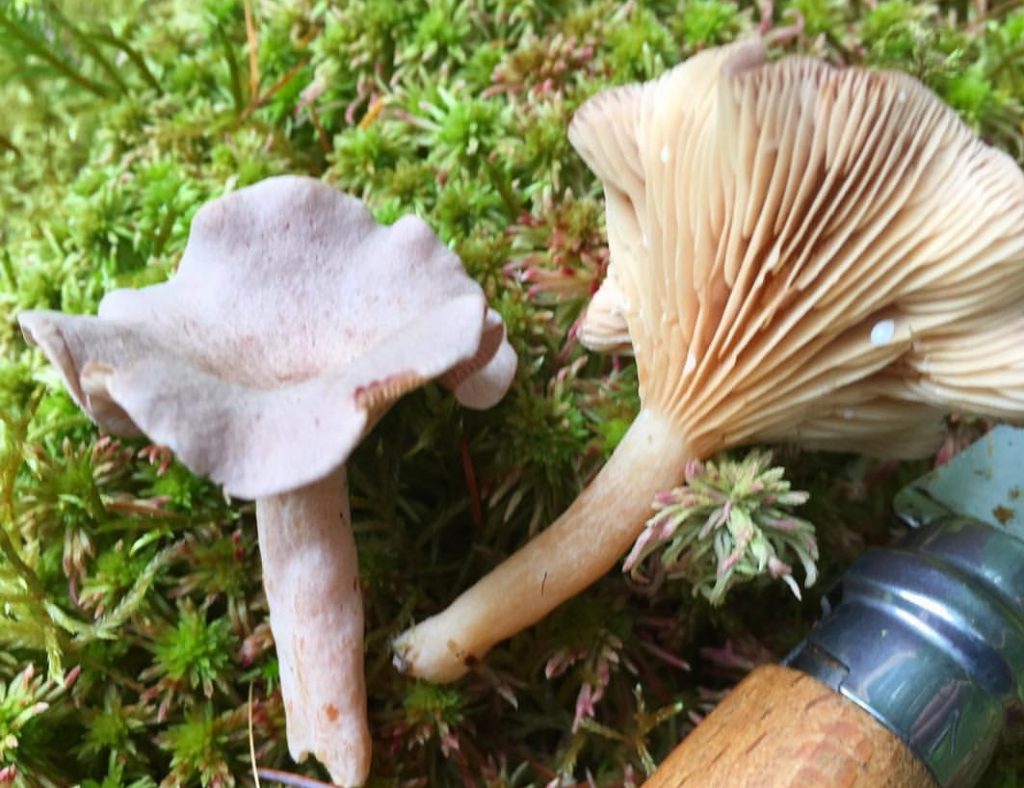
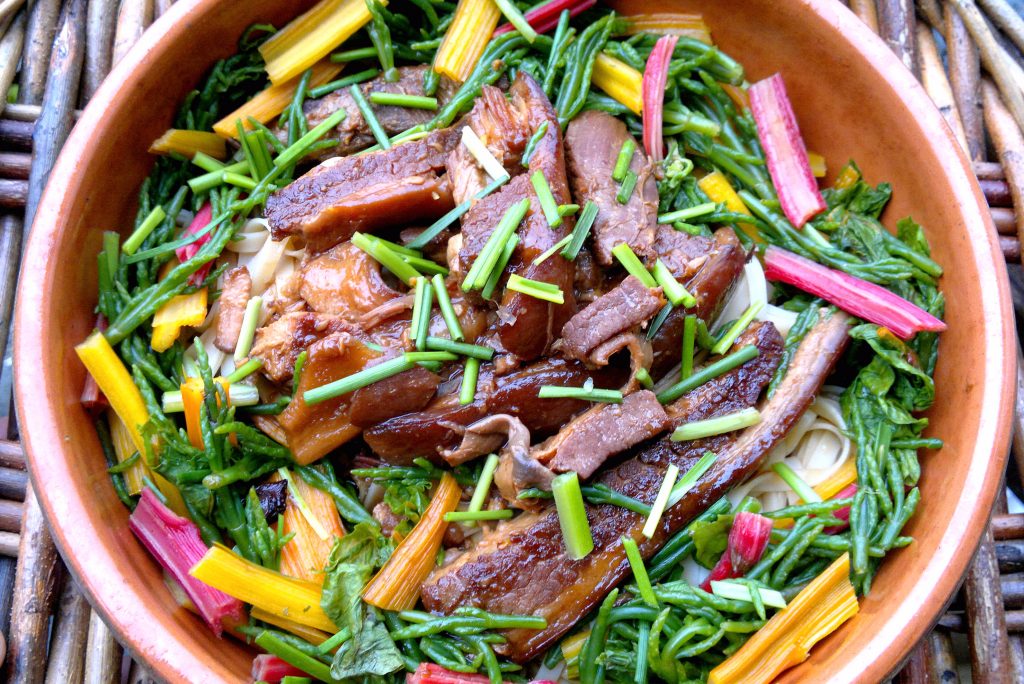
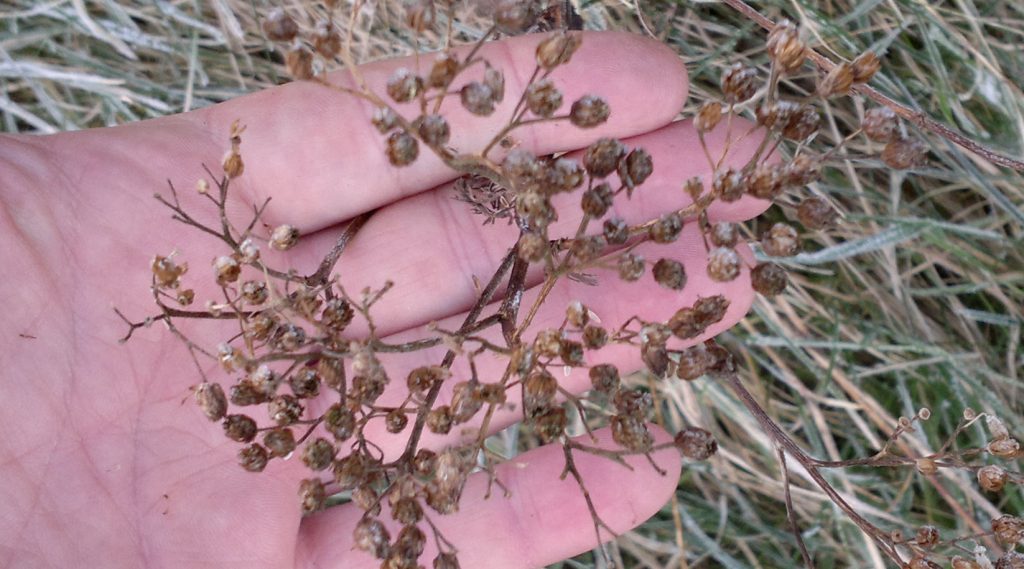
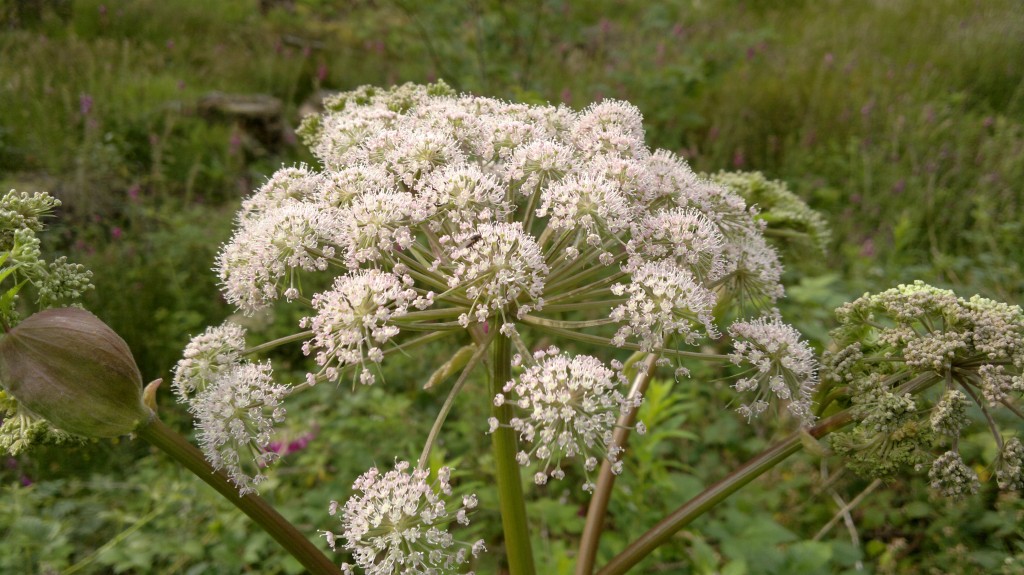

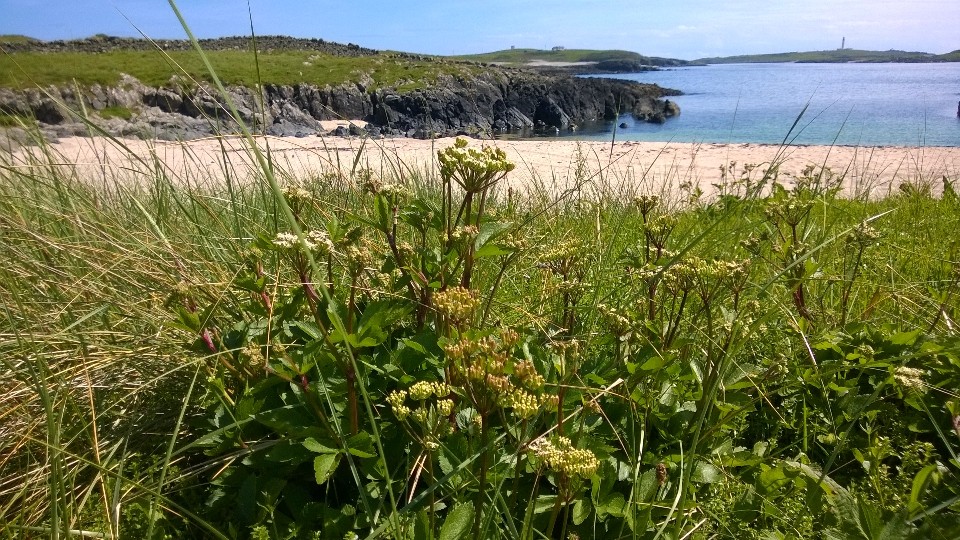
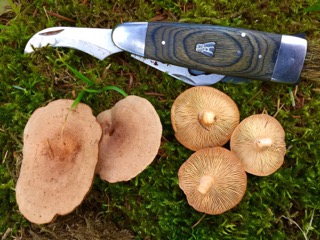
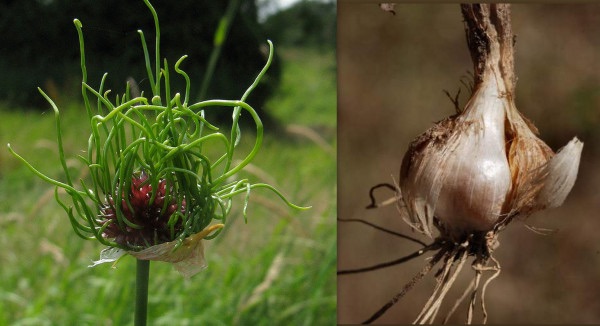
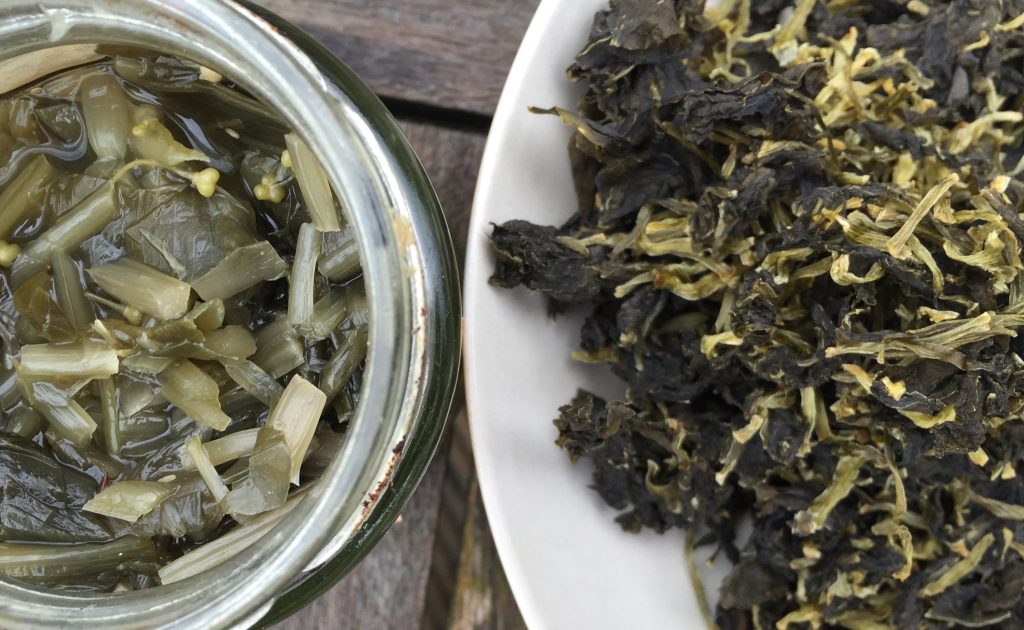
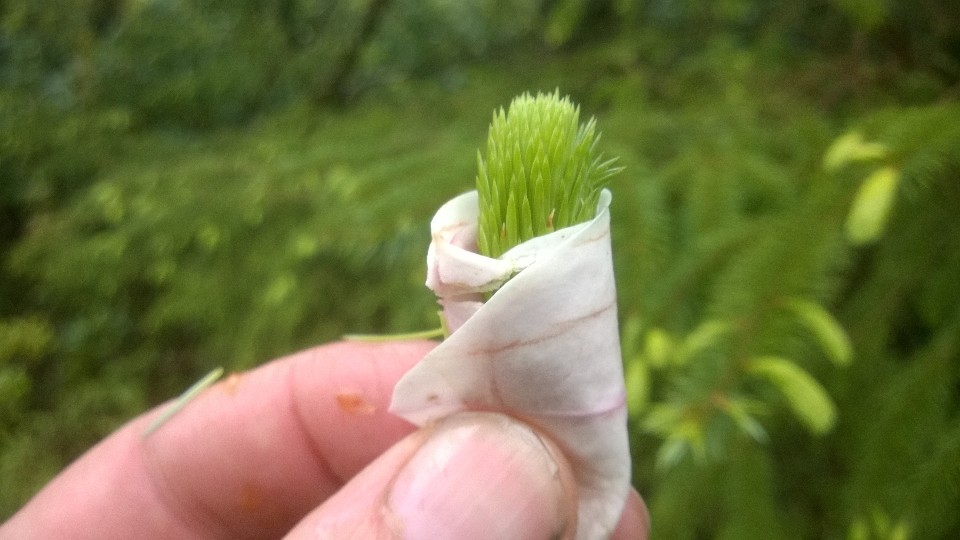
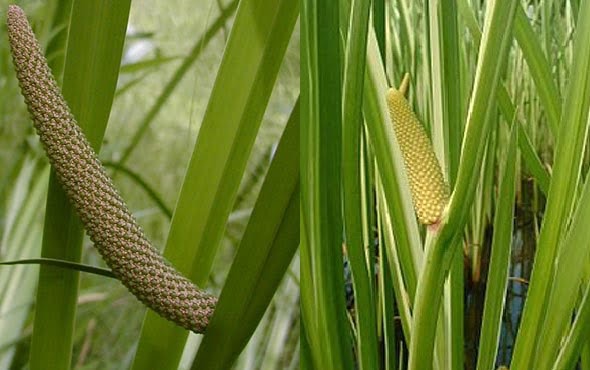
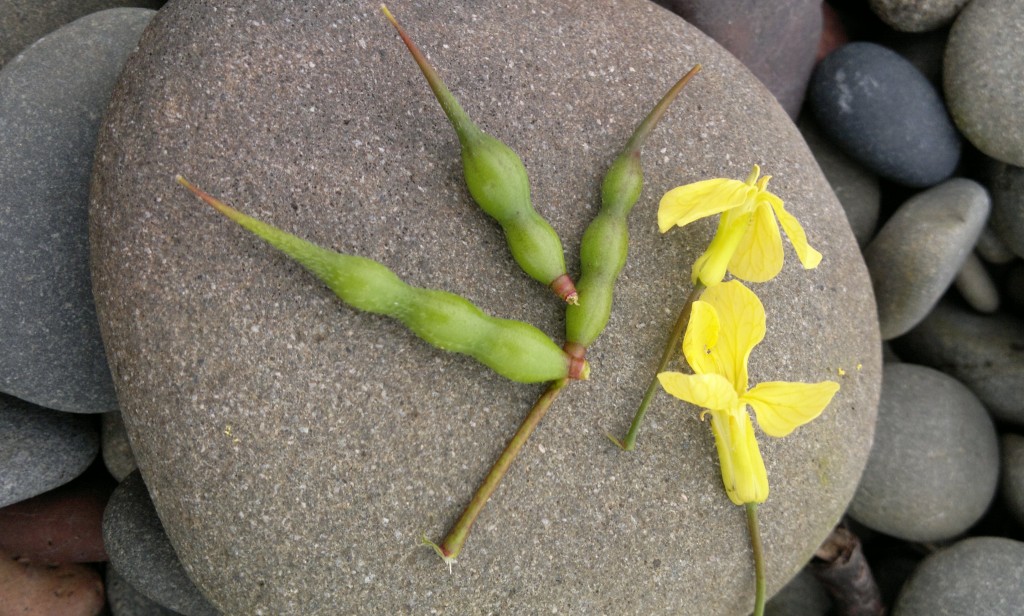
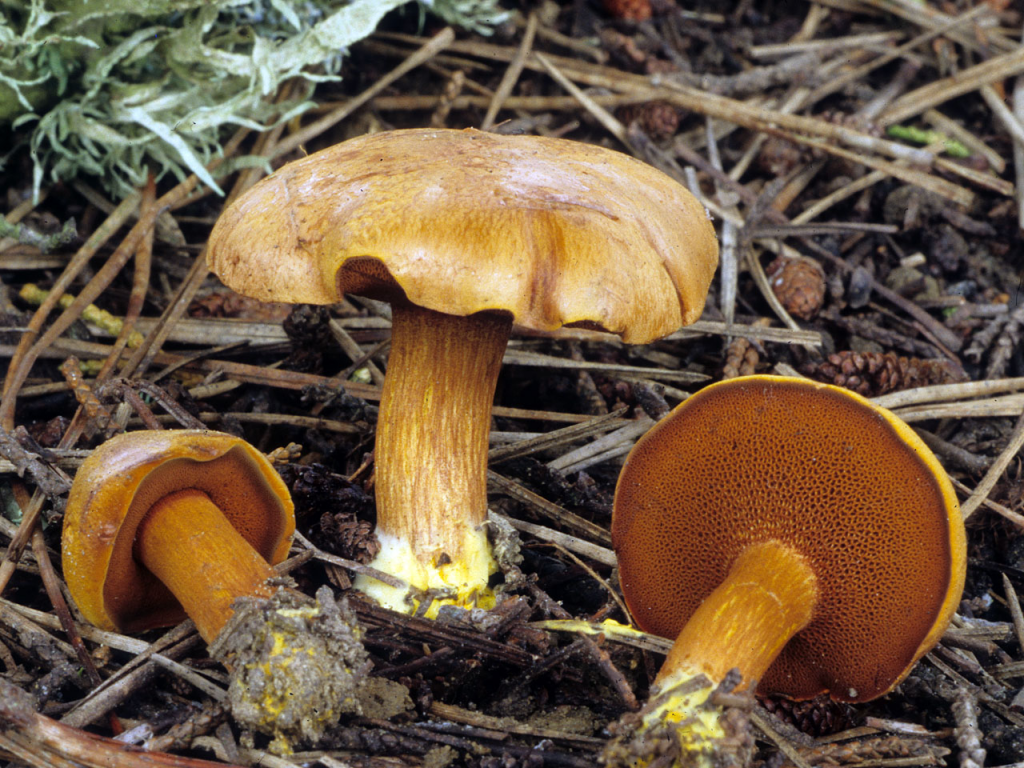
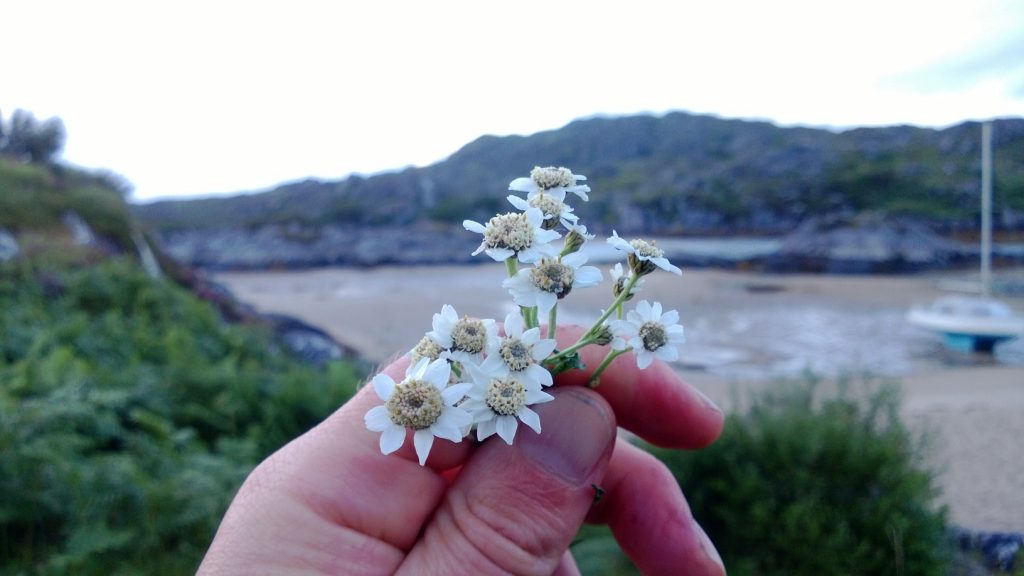
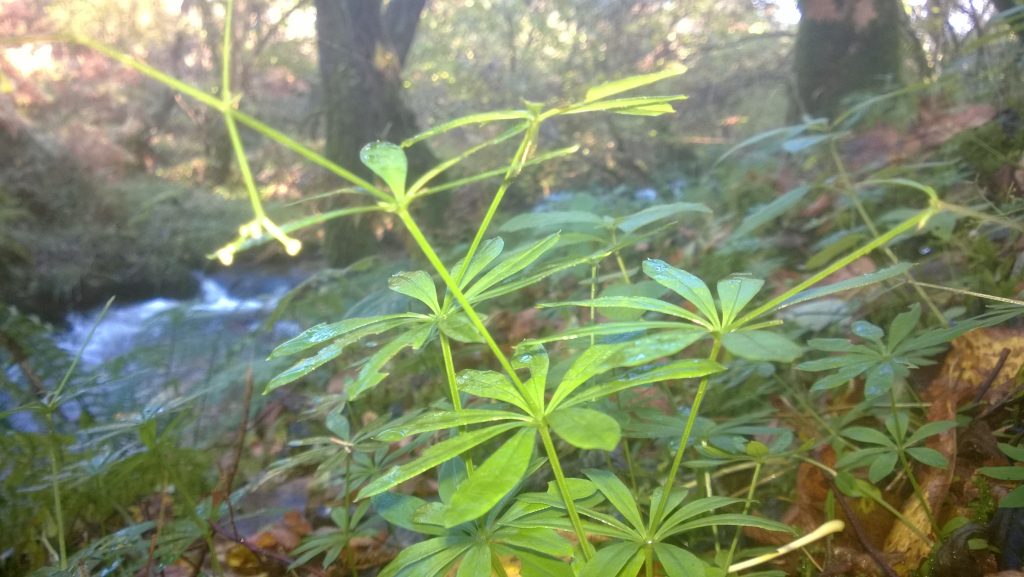
28 Comments
Brilliant information! I store a few of these but really can’t wait to collect an entire rack of wild spices.
Thank you.
Thanks Tom, glad you find it useful. Happy hunting!
Mark.
Wow, So much good info here thank you so much for sharing all this !! Wild space is something that i have always played with the idea of and i only knew of Hogweed seeds, Avens root and Calamus in terms of heat spices so this is great. You have insisted more foraging efforts in the new year. Well done with the interview too its fantastic 🙂
Thanks Scott, so glad you enjoyed it. 🙂
Mark
Great programme
Would it be possible to get hold of some ass smart herb mentioned in the programme?
If so please let me know cost
Thanks
Hi Noreen,
Thanks for getting in touch. So glad you enjoyed the programme.
Sorry, I don’t supply any wild ingredients – I only teach about them.
Arsesmart is a fragile plant, doesn’t dry very well and is, anyway, pretty much out of season just now.
Hopefully by next spring you will be able to find and recognise it near you.
Happy hunting,
Mark.
Hi Mark
Do you recommend any guide to foraging in U.K. books?
Really enjoyed listening to you on the food programme by the way. Inspirational
Thanks
Chris
Hi Chris,
So glad you enjoyed it. You can read my advice and reviews on foraging guide books on this website here: http://www.gallowaywildfoods.com/category/foraging-guidebook-reviews/
Its by no means comprehensive, and i’m definitely due to expand it, but should help you to find the right book for you.
Cheers,
Mark.
This is a fantastic post! Spices are a sadly neglected part of foraging books and blogs.
I’m really interested in the way you used Lactarius species, I don’t know if either of those specific varieties grows in the US where I am, but I do know that the peppery milkcap, Lactarius piperatus does, and it can also be dried and powdered to use as a spicy seasoning.
One of the wild spices I use the most is the Monarda family, commonly called bee balm, bergamot, and oswego tea. Dried seed heads are an amazing oregano substitute, with a savory mint note, and super easy to use: you don’t have to get the seeds out, just chop up the entire head. Unfortunately, Monarda’s are only native to the Americas, but maybe they have been naturalized by you? They are also great to grow in gardens because they support pollinators.
I also like dried cleavers, Galium aparine. Fresh, they also remind me of oregano, though I think they are sort of their own unique taste. Dried, they are even more distinctively themselves, but still a great spice.
Garlic mustard, Alliaria petiolata, is another good one, the leaves are pungent and a bit bitter (depending on when and where you harvest), but they also have a nice garlic note. Mix the grated roots with vinegar, and they are an amazing substitute for horseradish, and the seeds are mustardy.
Black trumpet mushrooms, Craterellus cornucopioides, can be dried and powdered to use as a spice. They don’t really taste like anything else, so I don’t know how good a substitute they would be, but they have a great flavor that’s uniquely theirs.
In the Americas we also have spicebush, Lindera benzoin. It’s just like allspice. But again, that’s not a European plant.
Sumac is a great lemon substitute, but I just looked it up, and again, doesn’t grow in Europe.
So I don’t know how helpful any of my additions are to you, but if you find yourself in the US or Canada, you should definitely try them.
Thanks for this post!
Hi Liz, Thanks for all of this. So glad you enjoyed the programme.
I really appreciate you taking the time to describe all these wonderful flavours. A few that you mention are quite common over here, but didn’t make the edit! I’ll be checking out the others next time i’m over the pond – though i’m usually visiting relatives in the Yukon, so quite a specific habitat there. Really enjoyed the bitter aromatics and fungi when I was over in the summer.
Thanks again, happy foraging,
Mark.
Mate, you are the level above next level. I practically live off wild (and homegrown) food and am stunned by the breadth of your knowledge. Wonderful radio piece too!
Oliver (@fatofthelandandsea)
*Blushes*
What got left out in the edit, is my huge indebtedness to hundreds of wild food foragers, writers, bloggers, chefs and educators around the world. Mostly I just gather, interpret and re-communicate their wisdom, and its rarely possible to remember exactly who, when or where I learned something from, so direct accreditation is tricky! But i’m hugely grateful. 🙂
I am confused. When you said the dish was flavored with roach, did you literally mean dried and ground cockroaches?
Hi David,
No – pesky auto-correct! It was supposed to say orache (now corrected). A spinach-like coastal green – see here: http://www.gallowaywildfoods.com/orache-identification-edibility-distribution/
Thanks for the heads-up!
Mark.
Oh! Orache makes much more sense! I love that stuff (and can’t say the same for roaches).
Wow I’m blown away by this, I don’t care for chilli and the savoury spices but love the sweet ones such as clove and vanilla and was sad that I would have to give up those flavours in my quest to eat more local food. Now I don’t have to!!
Wholesale spices. Do you sell wholesale wild spices? I am a retailer in Canada looking to sell unique products.
Hi Kim, Sorry, I do not sell any wild foods.
Mark.
Hello,
Any good alternatives to Turmeric?
I’ve read that real Turmeric can be grown in the UK. Is this true?
Fantastic post – I’m just back from foraging for some early plants to cook a venison curry with. Ramson bulbs for garnish and base layer onion, leaves for garlic flavour. Sweet ciciley leaves in place of fennel, nettles in place of spinich, i have some frozen hedgehog mushrooms which add pepper but nothing for heat, hence me looking up your blog! Also using wood sorrel as a garnish for that sour hit in place of coriander. I’ll have to try the pepper you mentioned for the hotness, instead I am cheating with some chillies. Served up with some scottish bannocks and we have the beginnings of a Scottish foraged curry 😉
Btw I wonder if distilling the pepper you mentioned would preserve the heat, in the same way that they make essential oils.
Any tips for making a syrup with rowan or whitebeam blossom? When I’ve tried infusing them in hot water the smell is fantastic but that is not readily transfered to the taste at all. It’s pretty flavourless to be honest, so when I’ve tried making that infusion into a syrup it just taste like sugar water without any extra flavour.
Very inspiring website. I will be back, and I will be trying out some of your suggestions. Thank you!
I was wondering why fennel and European Wild Ginger/Hazelwort don’t get a mention. The existence of the latter only pointed out to me today on Twitter in connection to a “Baba Yaga” spiced honey cookie/gingerbread article. Which didn’t mention it either.
Good additions, though hazelwort is pretty scarce in the UK, and has not been recorded since before 1930 in my bit of the world. I’ll keep an eye out for it…
Fennel occurs wild/feral in S England, but mostly just in gardens further N.
There are endless spicy possibilities. 🙂
Oh and horseradish! Which is wasabi related and wild.
Yes, though again, more of a S England thing in the wild, mostly in gardens, occasionally escaping up in my bit of Scotland. I love it, and its one of the few things i’d actively cultivate (as it doesn’t need much help!)
Spignel is a new one on me… Will have to try and find it. Great article!
Reading this felt like being let in on a secret I didn’t know I was missing. We’ve grown so accustomed to thinking of spices as something shipped across oceans that the idea of a “wild Scottish curry” feels almost rebellious, but also completely logical. Why shouldn’t the hedgerows and coasts provide those same sparks of heat, sweetness, or warmth that we travel the world for?
What struck me most was how memory and culture shape taste. A first whiff of cloves reminds someone of wood avens root, or gorse flowers, conjuring coconut – it shows how our sense of flavour has always been connected to place, even if we’ve forgotten it.
this kind of reimagining is exactly what excites us: taking what seems exotic and showing how it already lives in our landscapes, waiting to be rediscovered. The spice rack of the wild isn’t just about flavour, it’s about reclaiming a relationship with what grows at our feet.
This wasn’t just an article about plants, it read like an invitation to experiment, to taste differently, and to let the land season our meals in its own voice.